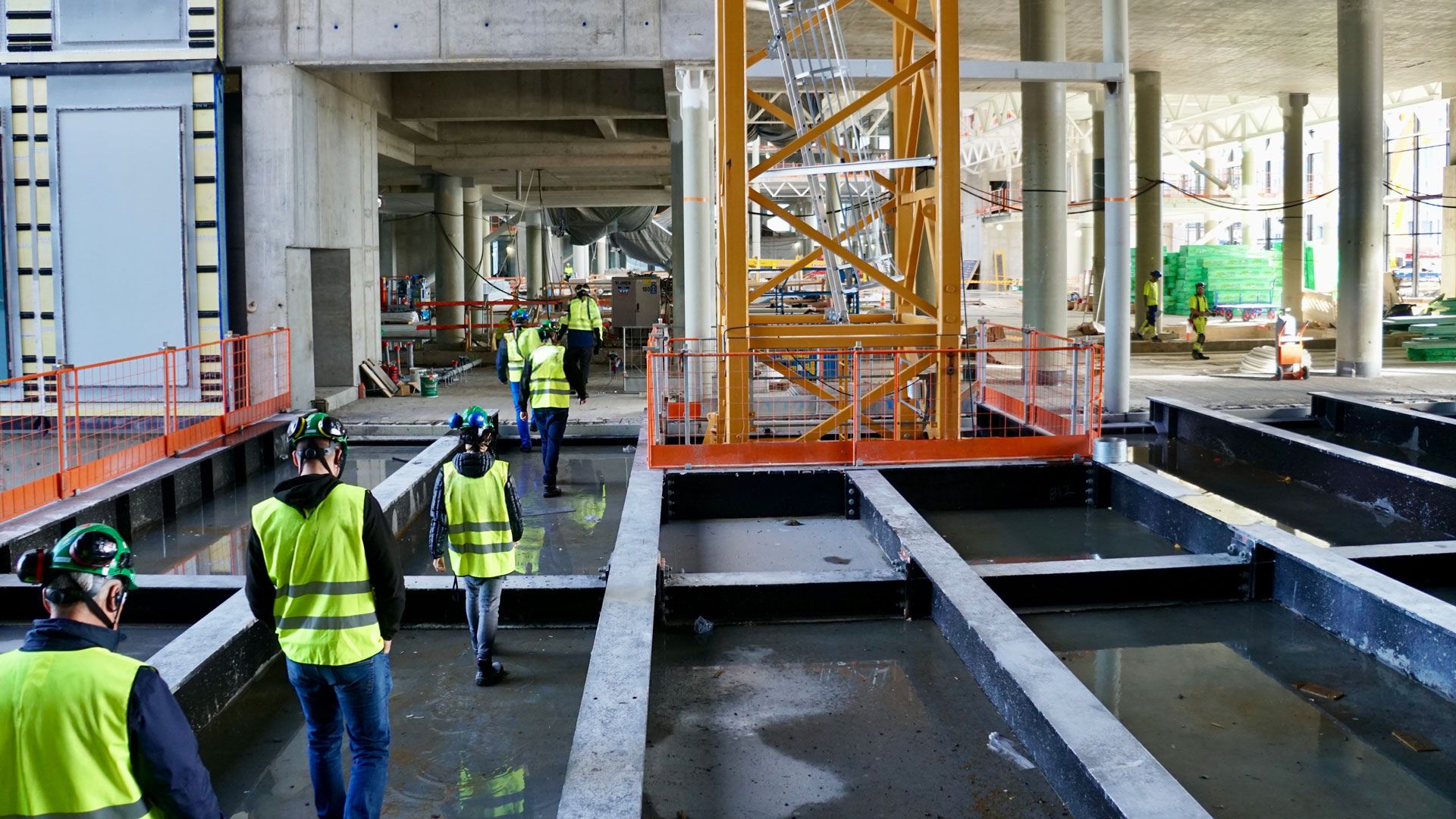The Finnish construction information provider, Rakennustieto, held a webinar on January 17, 2025, on developing AI for construction’s core business. The webinar featured Rakennustieto’s generative AI-powered search assistant, a company presentation, and a panel discussion.
The company presentation was by Visa Linkiö, AI Lead for YIT, Finland’s largest construction company. Visa talked about how companies can approach AI, what YIT is doing, and how big-tech-company-AI challenges local users and developers.
Two approaches to AI
There are two ways to approach AI. The first is to identify a problem and try to solve it with AI. The other is to explore the technology and tools and, through trial and error, innovate use cases where it can create value.
Following this thought, Visa divides companies into two categories: Pioneers and Adapters.
Pioneers start with exploration
Pioneers start by trying out generative AI tools, developing bespoke Generative AI solutions, and eventually implementing “traditional” AI, like machine learning and decision trees, once they are familiar with the ideation and development processes.
According to Visa, YIT is one of the pioneers of the field. They provide Microsoft Copilot licenses and training to every interested employee. The trainees learn how to use Copilot chat, how to use it with PowerPoint or Outlook, and how to build agents. However, the training is generic and not targeted for specific tasks or problems; employees determine where and how to use AI.
Visa stated that the positive thing about Generative AI is that you don’t have to start with a well-defined problem, as is the practice with traditional AI.
Adapters follow the pioneers’ wake
On the other hand, Adapters enhance the quality of documentation and data for existing processes while also creating tools using traditional AI. They keep an eye on evolving GenAI technology, and as soon as a competitor uncovers a significant GenAI solution, they quickly respond.
Use cases in AEC
Visa said both traditional and generative AI are useful in the construction sector. There is no clear-cut distinction between the route to take in a use case. However, as a rule of thumb, Generative AI helps search for information from project documents. If the AI knows the company’s way of managing projects, it can remind at each stage of the tasks to be completed.
Traditional AI is excellent for predicting project financials, progress, scheduling, and risks. It can detect deviations from the plan and budget or safety issues. Generally, these kinds of programs rely on a large set of quality historical data for their training.
GenAI apps typically use documents that were initially meant for humans to read. But their performance improves if you make them well-structured. At some point, we may have to think about how to write documents for AI instead of humans!
Visa believes that generative AI tools for design will become relevant in a couple of years. However, they are based on a large amount of design data that may not apply to local practices, climates, and regulations. Traditional AI also has a place in design, as it helps with optimization and production planning, for example.
AI implementation is a process, not a project
Visa concluded his presentation by asking how the EU and a small country like Finland can remain competitive when global tech giants dominate AI development.
Should we embrace ‘foreign’ AI solutions that collect and learn from our data, or risk having our local needs ignored by global AI applications?
We should ensure that our knowledge is well documented and that our data is in order. We must also develop our AI skills and renew processes as we mature. Shared ground rules are also elemental.
Driving transformation involves repetition and systematic development “to the point of exhaustion.” Implementing AI is never finished; it is a process, not a project.
View the original article and our Inspiration here


Leave a Reply